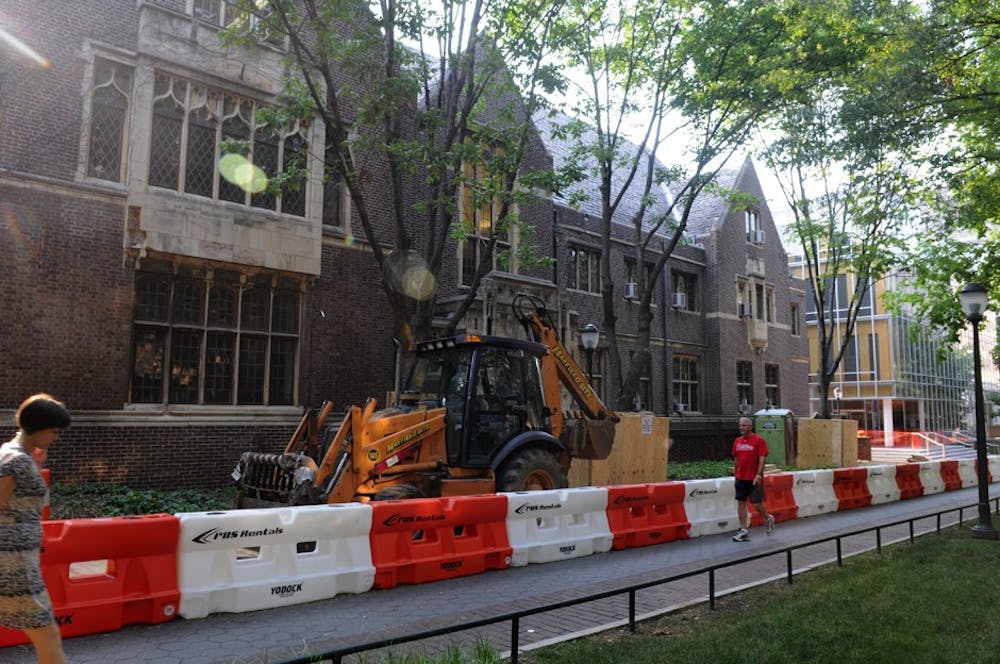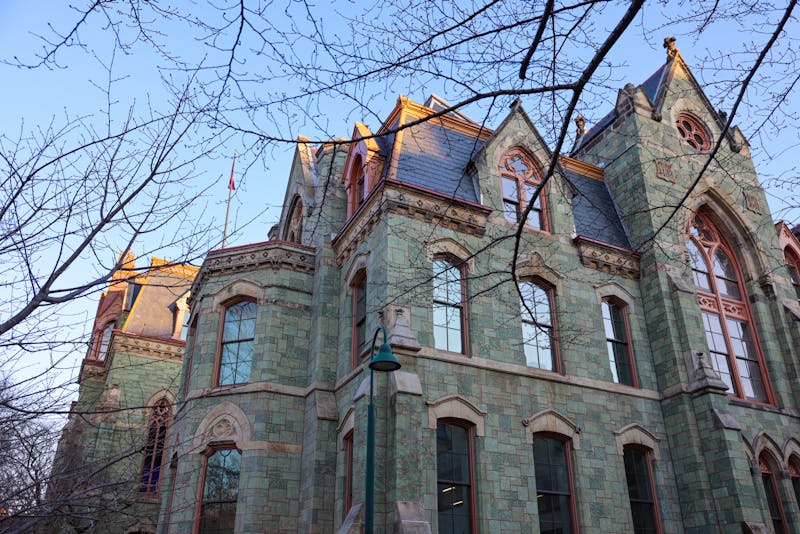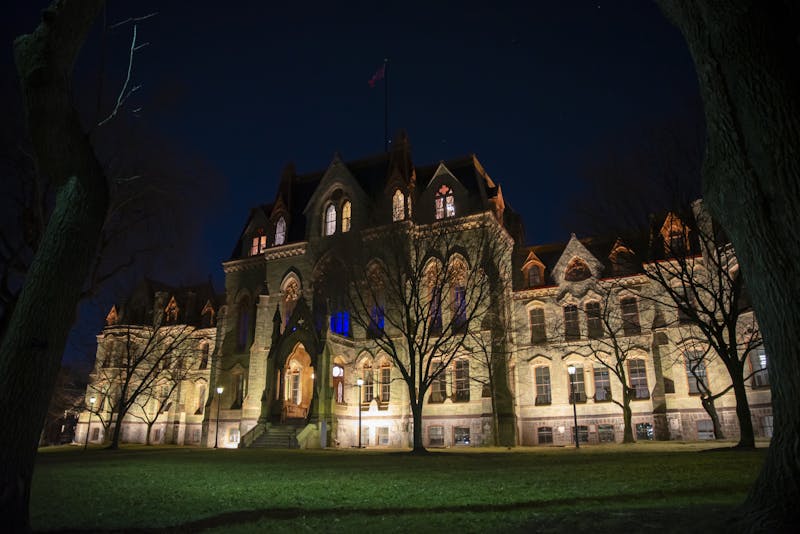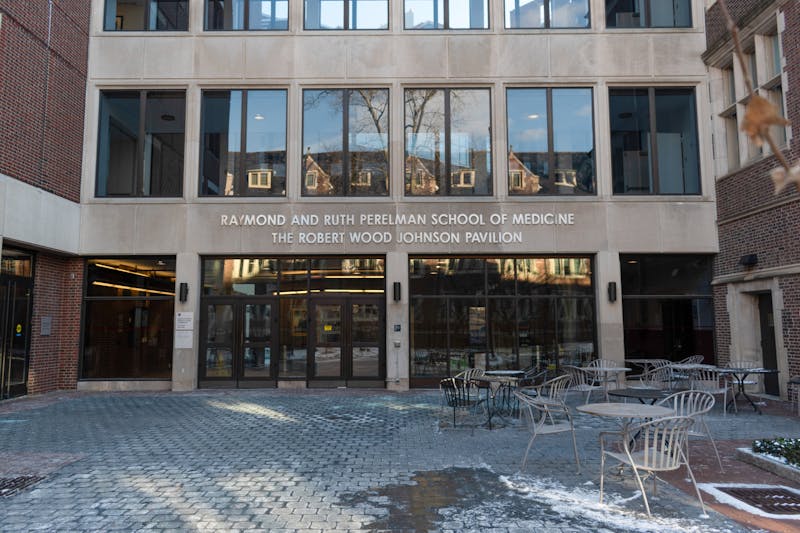
Construction around campus has summer dwellers wondering what the University has in store for its students.
The building sites are part of the University’s campus expansion project Penn Connects, which began in 2006 and has recently entered its second phase.
Under Penn Connects 2.0, Penn has added 45 additional acres to its campus and a combined 4.8 million square feet of new spaces while restoring current campus facilities, according to Penn President Amy Gutmann.
Executive Vice President Craig Carnaroli explained that the goal of the second phase of the plan, which is set to be completed in 2015, is “to drive academic activity to the core of campus.” The University will accomplish this through 48 projects involving the renovation of existing infrastructure and the construction of new buildings, Carnaroli said.
One of the most anticipated new buildings is a College House that will be located on Hill Field. Gutmann expects to announce the name of the building — which is slated to be completed by 2016 — next semester.
In addition, Penn Connects 2.0 will focus on greening the campus with the addition of Shoemaker Green — a 3-acre public park in front of the Palestra which is expected to be completed by September.
Sustainability will be a key theme in the second phase, according to Mark Kocent, principal planner in the Office of the University Architect. He explained reinvestment in pre-existing spaces is key “because energy and resources have already been used in the infrastructure’s initial construction.”
Additionally, some buildings will be expanded to house new academic resources for students. A translational research center is being built at the Perelman Center for Advanced Medicine, while simulation laboratories will be added to Fagin Hall by the start of next semester, Kocent said. In addition, renovation plans for Van Pelt Library’s rare book special collection are halfway completed.
Another key goal of Penn Connects 2.0 is to bridge the gap between Center City and West Philadelphia, according to Vice President for Facilities and Real Estate Services Anne Papageorge. To that end, the University will extend the Walnut Streetscape — which currently begins at 30th Street — to the tip of Penn’s campus on 33rd Street, creating a more pedestrian and bike-friendly connection to the city.
This move will require partnering with the City of Philadelphia, which Penn has already done in the construction of the South Bank, a 23-acre property on 34th Street and Grays Ferry Avenue that was acquired by Penn in 2010. The purchase of the South Bank — which will house a University data center for Penn’s growing technological needs — allowed the University to expand across the Schuylkill River and inspired the update of Penn Connects, Carnaroli said.
Papageorge said that under the revised plan, “Penn can now grow to the east without displacing or crowding the residential community of West Philadelphia.”
Gutmann agreed, adding that Penn Connects “has helped to define what an urban university can contribute to its larger community through economic activity, sustainable development, and urban transformation.”
The Daily Pennsylvanian is an independent, student-run newspaper. Please consider making a donation to support the coverage that shapes the University. Your generosity ensures a future of strong journalism at Penn.
DonatePlease note All comments are eligible for publication in The Daily Pennsylvanian.







